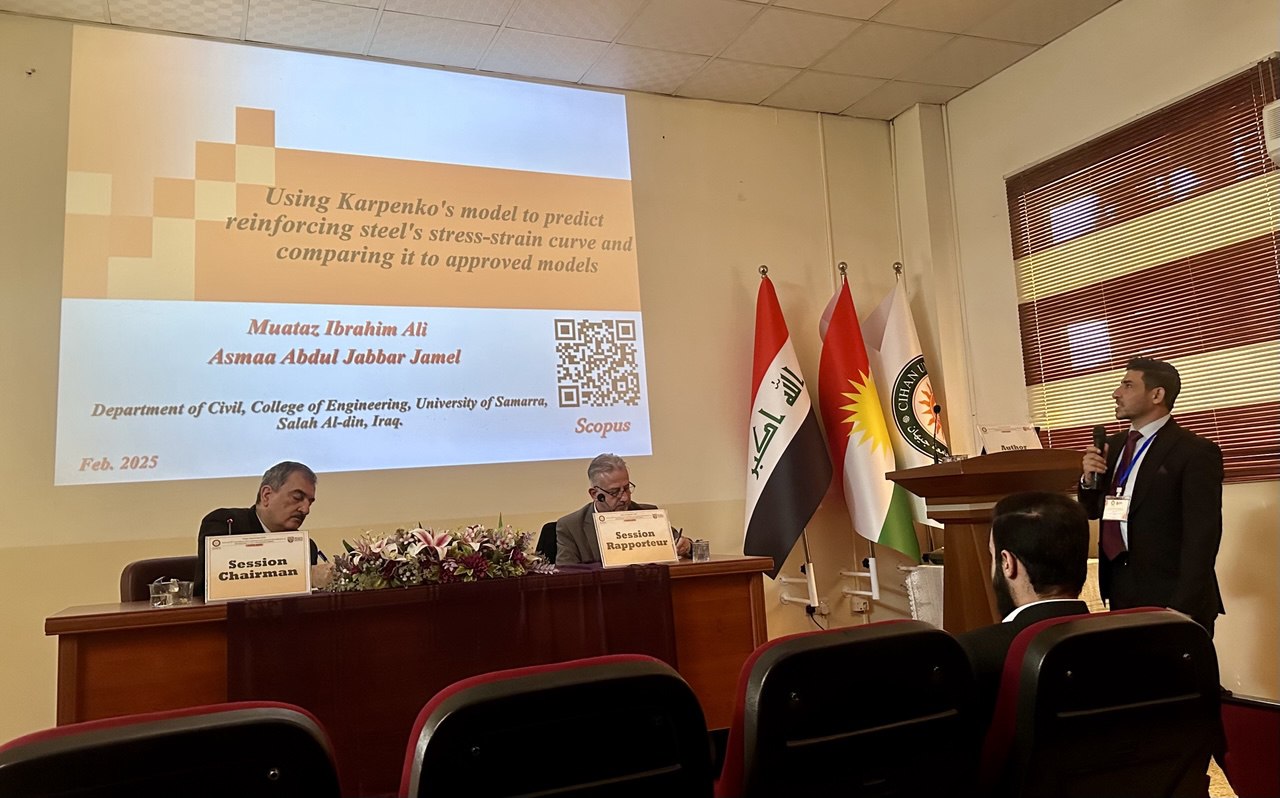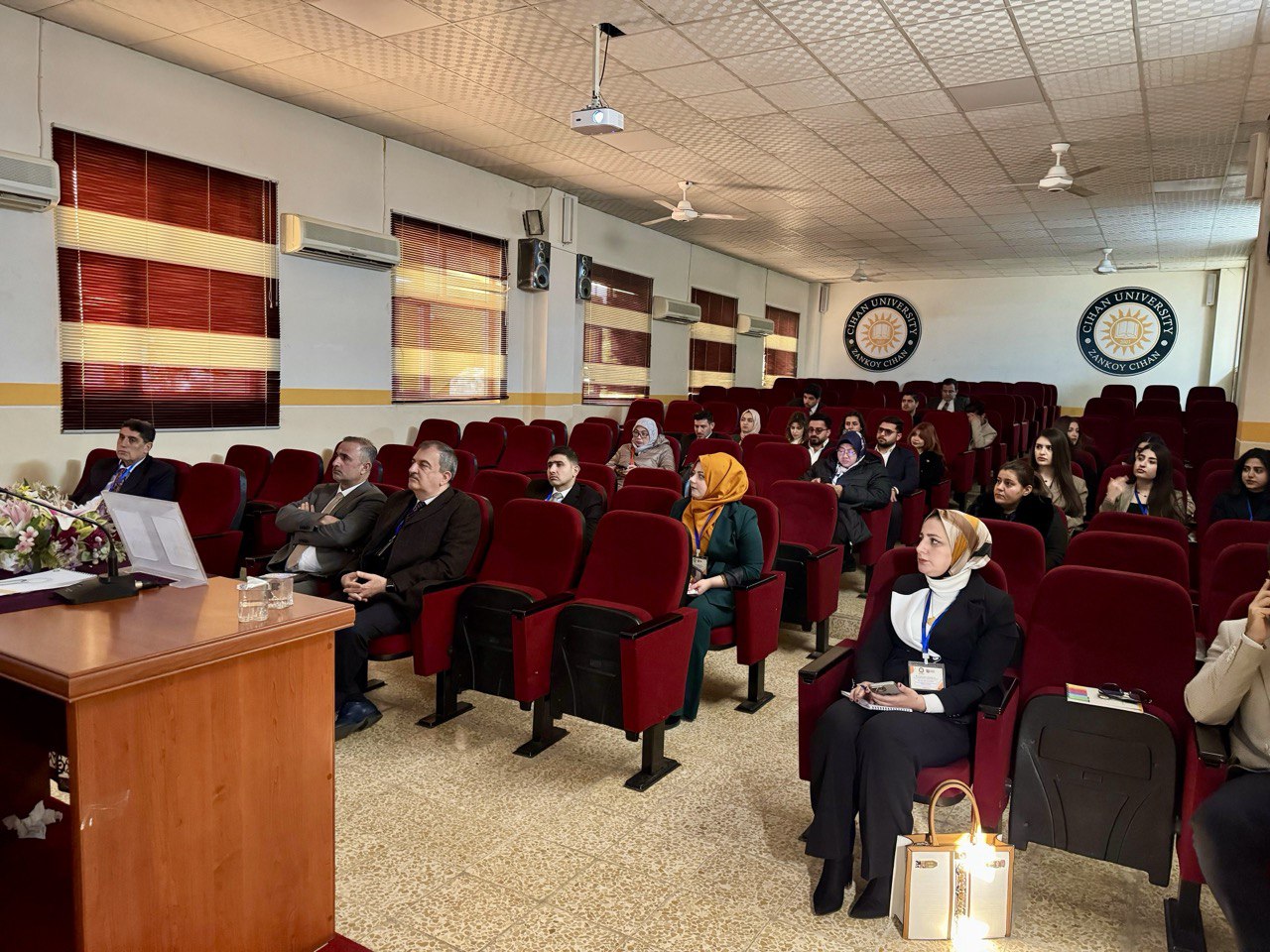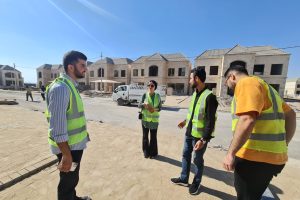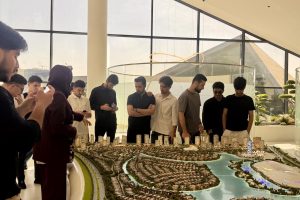The 5th International Conference on Architecture and Civil Engineering Sciences Hosts a Session on Structural Engineering, Transportation and Highway Engineering, Water Resources Engineering
On Thursday, February 27, 2025, the session was chaired by Prof. Dr. Saad Isa Sarsam from Baghdad University, Iraq, with Dr. Rebwar Ismail Ibrahim from Cihan University-Erbil, Iraq, serving as the rapporteur. The second session focused on Structural Engineering, Transportation and Highway Engineering, and Water Resources Engineering. Below are the key research presentations.
Assessment of the Self-Maintenance Property of Asphalt Concrete Pavement through the Crack Healing Process, presented by Prof. Saad Isa Sarsam from Baghdad University, examined the self-healing potential of asphalt concrete modified with silica fumes, lime, and fly ash. The key findings of the study revealed that fatigue life was extended by up to 401% with silica fumes and 268% with fly ash. Additionally, deformation was reduced by 30% with silica fumes and 38% with lime-treated mixes. Furthermore, flexural stiffness increased up to 7.16 times post-healing. These advancements contribute to more durable, cost-effective, and sustainable road construction.
Comprehensive Review of Bond Strength between GFRP and Concrete’, presented by Mr.Ahmed Yahya Gaeeb and Dr. Muayad Mohammed Kassim from Kirkuk University, focuses on enhancing fire resistance in GFRP-reinforced structures. The research addresses bond strength degradation by integrating its effects into fire-resistant design, establishes reliable safety parameters for elevated temperatures, and develops design guidelines for thermal impact considerations. The study aims to improve structural safety and resilience under extreme conditions.
Evaluation of the Bond Strength between Old Concrete and High-Performance Concrete (UHPC) Using Slant Shear Testing’, presented by Dr. Mohammed Khairullah Ahmed and Dr. Mohanad Natiq Alshandah from Tikrit University, confirms that Ultra-High-Performance Concrete (UHPC) significantly enhances bond strength compared to Normal Concrete (NC), particularly when optimal surface preparation and inclination angles are used. The findings emphasize that the slant shear method plays a crucial role in structural restoration, ensuring strong bonding between old and new concrete. Achieving optimal durability requires precise procedures and high-quality materials.
The Impact of Technology, Cost, Time, and Stake holders on Construction Project Management Performance in Iraq”, presented by Dr. Muslim Najeeb Zaidan (Cihan University – Erbil), Alhamza Yassin Flaih Maeni (University Teknologi Malaysia), and Azwar M. Qasim Agha (Cihan University – Erbil), provided insights into key factors affecting construction project management in Iraq. The study focused on several critical areas: cost management, addressing challenges in financial planning; technology utilization, highlighting the role of advanced tools in project efficiency; time management, emphasizing issues related to schedule adherence; and stakeholder involvement, stressing the need for improved collaboration. The findings highlight ongoing challenges and present opportunities for improving Iraq’s construction industry.
Using Karpenko’s Model to Predict Reinforcing Steel’s Stress-Strain Curve and Comparing it to Approved Models”, presented by Dr. Asmaa Abdul Jabbar Jamel (University of Samarra), demonstrates that Karpenko’s model is a reliable tool for analyzing steel behavior. The study highlights several key findings: accurate predictions with a deviation of 5.7% for mild steel and 2.5% for high-strength steel, experimental validation confirmed by research from Gamble, Goto, and Cho, and the impact of elastic modulus, emphasizing its influence on steel performance in bridges and buildings. These findings enhance stress-strain analysis and contribute to supporting safer and more efficient infrastructure development.
The research session at Cihan University – Erbil highlighted significant advancements in sustainable construction, material innovation, and infrastructure resilience. Discussions focused on eco-friendly pavement materials, advanced bonding techniques, and improved project management. strategies. The session ended with an interactive expert dialogue, where specialists and attendees exchanged forward-thinking insights, fostering academic collaboration and driving future innovations in engineering sustainability.





